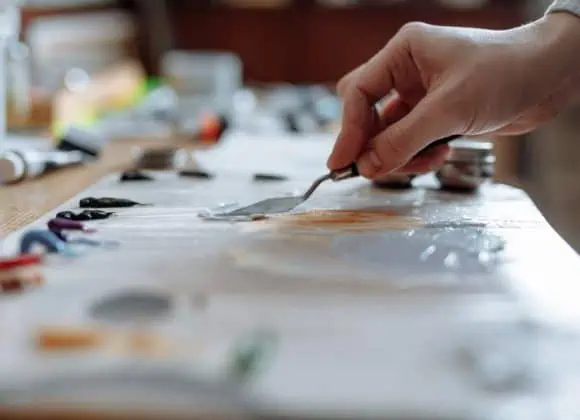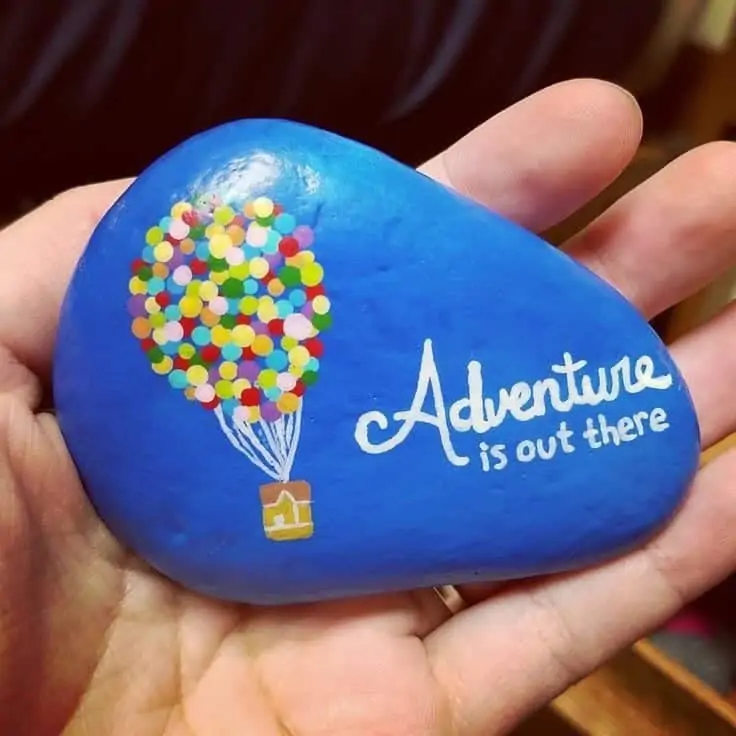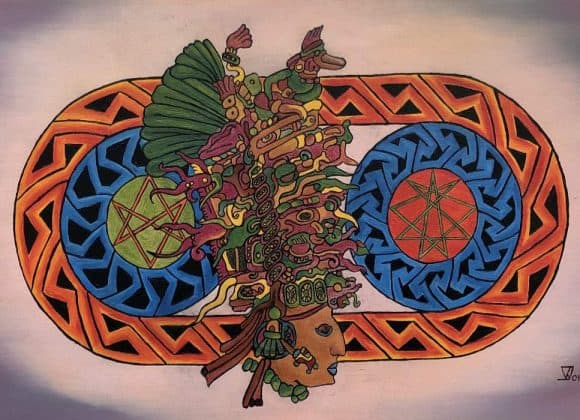Mixing paint can seem overwhelming, but once you know the basics you can learn the rest very easily. It is simply down to practice. Learning how colors mix together is a key skill you need to understand when you are learning how to paint. The more you practice the better you will get. In time even mixing more complex colors will seem easy.
Table of Contents
How do I mix colors for painting?
Different kinds of paint will need different techniques when you are mixing, but the basics of color theory is central to them all. We go into details about how to mix oil paints, acrylic paint and watercolors elsewhere.There are several other blogs which can help you when you need to mix a more specific color like gold, or sage green too.
Learning how to use primary colors and secondary colors to mix the exact color you want will help you see colors in a different way. Understanding the effect each color has in any mixed color will come in time as your skills improve.
Observation is key and you will notice that every orange or green is mixed from slightly different color combinations. You will start to recognise the temperature and tone of a color as well as the actual color hue’s needed to mix it exactly as you want it.
You will hear different terms when you read about color theory and it can get confusing, Some terms you may understand better than others so I will try and explain them in as simple terms as I can.
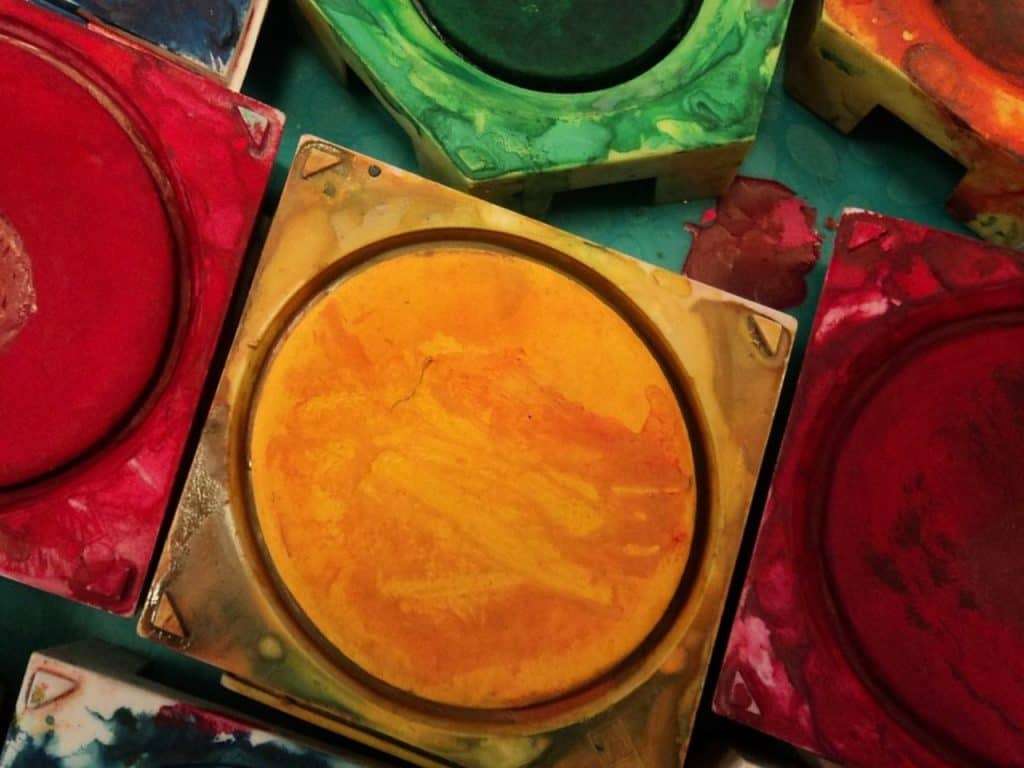
What is a Hue?
The ‘hue’ is the color itself, or a group of colors. You may have a specific primary red ‘hue’ paint, but you can also have a group of red ‘hues that are all slightly different shades of red. So the word can be used in different ways.
What is a Color Wheel?
A color wheel is a circular diagram that shows you how all the major colors relate to each other. It will help you understand how each color affects and is affected by any other colors.
What are Primary colors?
The primary colors are the 3 colors, red, yellow and blue from which all other colors are mixed from.
What are Secondary colors?
The secondary colors are the 3 colors, orange, purple and green that are created when you mix equal amounts of any 2 primary colors
What are Tertiary colors?
There are more tertiary colors. They are mixed using any one of the primary colors mixed with any one of the secondary colors. You can imagine this gives you the ability to mix many different colors quickly and easily
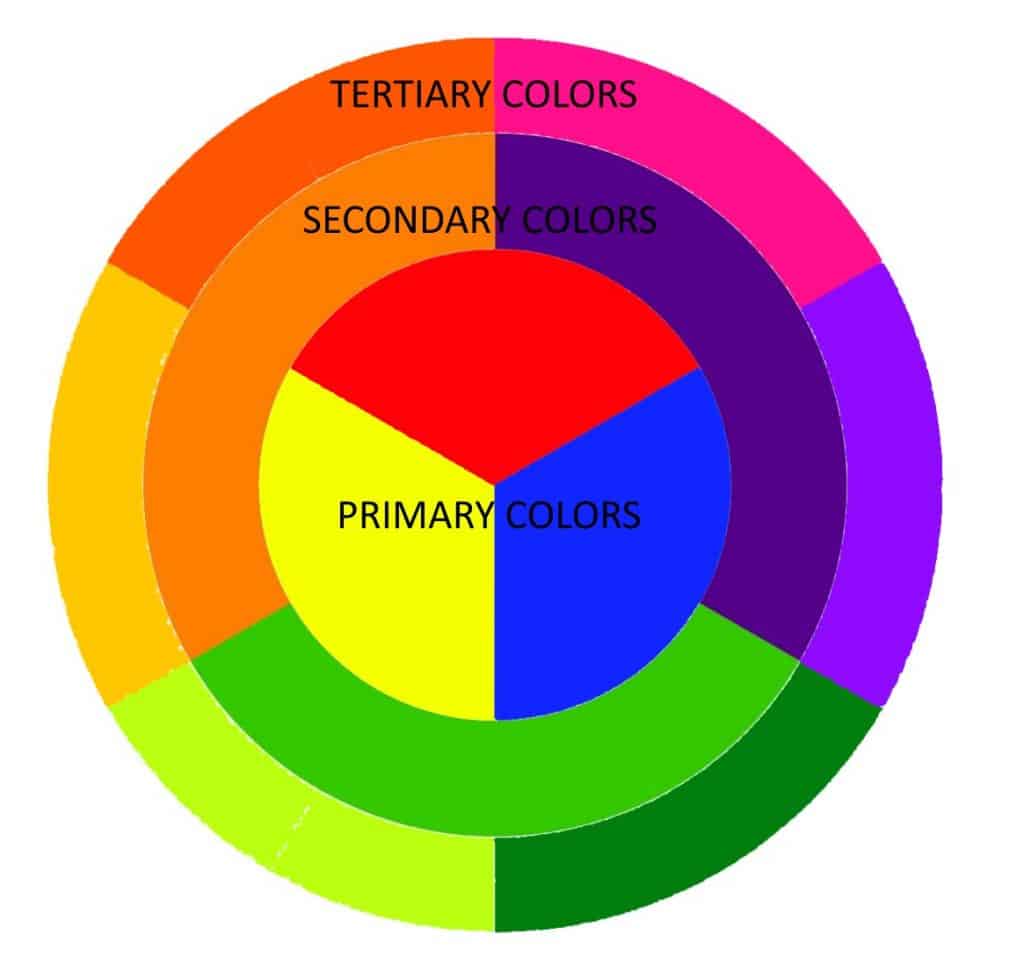
What are Complementary colors?
Complementary colors are colors that sit opposite each other on the color wheel
What are Analogous Colors?
Analogous colors are the colors that are adjacent to each other on the color wheel. These are particularly important when you are constructing the palette you will use on a painting.
Learning the Basics
A color wheel is without a doubt the most important tool you can use when learning how to mix colors. Learning how to understand color theory and painting color wheels for yourself is the best practice you can do to improve your ability to mix the right color easily.
We delve deeper into how you can use these tools in other articles, but essentially they show you in easy terms how all the colors in the standard color spectrum relate to each other.
Any 2 colors from a color wheel can be used to mix a multitude of different hue’s. If you want to mix green paint, look for green on the color wheel and you will see that it is made by mixing yellow and blue paint. To mix orange the colors needed will be yellow and red.
To mix a Tertiary color, remember that you need the closest primary color mixed with one of the secondary colors immediately outside it on the color wheel. For example if you take a yellow primary and mix it with a green secondary then you will get a lighter more yellowy green tertiary color as the result.
Complex Colors
Some colors are made up of multiple hue’s. These can be more difficult to master. With these colors there is no “right” way to mix them. Different people will have worked out different ways to get the exact colors they want.
How to Mix Brown Tones
Learning how to mix brown paint can be a little more complicated and we do deal with it in a specific article of its own.
Brown is not included on a standard color wheel so you don’t have the same frame of reference. You can make brown paint by mixing any primary with its opposite tertiary color, although this is not the only way to mix brown.
You may want a rich deep brown in which case you would start with darker colors. Sometimes you will need a lighter more golden brown so you would start with a yellow base color.
Be assured that any brown you might need can be mixed using a combination of primary and secondary colors. The key is varying the amounts of each color until you achieve the desired effect.
Mixing Skin Tones
Learning how to mix skin tones is another more complicated subject we have covered elsewhere. There is no one color that covers all the skin tones of our multicultural world.
Just be assured that with practice it will all get easier. You will find in time that the colors you choose to mix other colors will become more intuitive.
Don’t be afraid to refer back to your color chart for reference when you need to. It will always help.

Some things Aren’t Possible
You might ask yourself ‘How do I mix blue?’. Well, as one of the primary colors there is no combination of any other colors that will make blue because it is one of the three primary colors. These are the building blocks of all the other colors. Neither red, blue or yellow can be mixed. You will need these colors in your collection of paint colors.
You can mix different blue hue’s by adding small amounts of other colors but you simply cannot mix a pure blue pigment. This also applies to yellow and red. You can create a dark warm blue by mixing in some dark red paint for example. This will give you a darker almost purple tone to the blue (like Ultramarine blue). Similarly if you add a small amount of red to your yellow the yellow will get darker and warmer. This will give your yellow an orange tint.
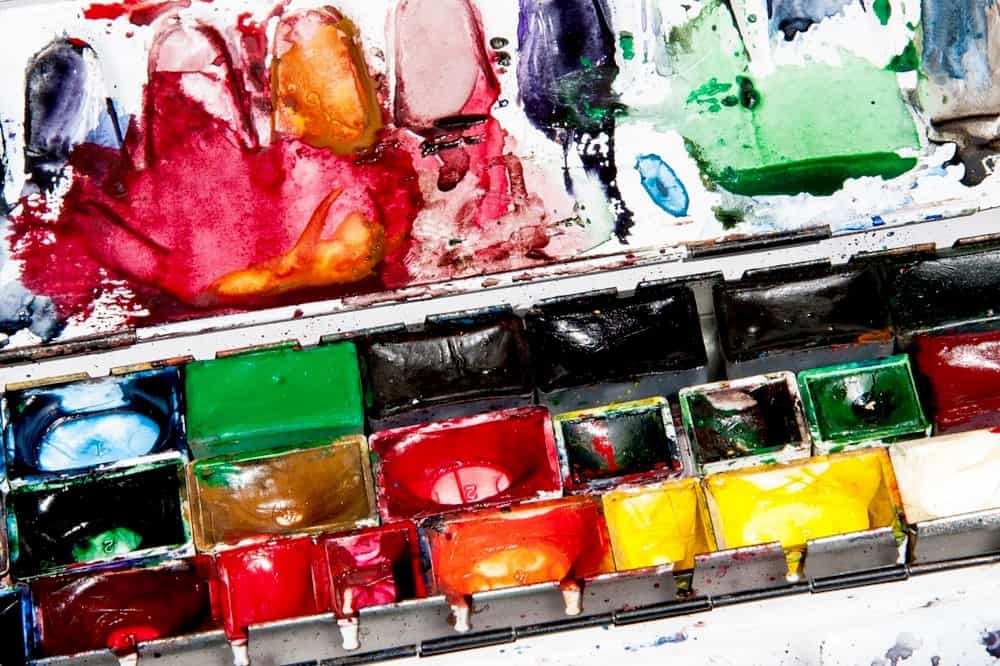
From Theory to Practice
Once you have studied your color chart to help you understand the basics of color theory it is time to get painting. Just collect together a few different color paints and do some experimenting.
As you practice you will begin to grasp the way each color affects the colors you mix it with. You will also see how adding a small amount of paint gives very different results to when you add larger amounts. This might sound basic, but the understanding it gives you will help you in every painting you create.
Using different mediums
Different kinds of paint mediums will need different approaches and equipment. As you learn you will also start to understand how each painting may require a slightly different approach. We do look at the mechanics of how to mix watercolors, acrylic paints and oil paints in specific articles.
Some paint mediums are more flexible than others. Each one can make it easier to try different techniques. The things you learn from practicing will help you achieve the desired effect in the paintings you do.
Final Thoughts
Try using different techniques and different paint to see how different the results can be. You will gradually get better at knowing which technique will suit the painting you are doing best.
Paints are a fantastic tool. There is no magic in learning how to use them. It is all about technique. As you learn, your skills will improve.
These skills will help make every painting you do better.
Enjoy learning and experiment to see what you can achieve. You will make mistakes, but you will succeed too. It is all part of the learning process.


